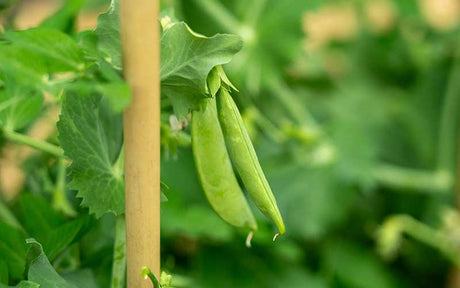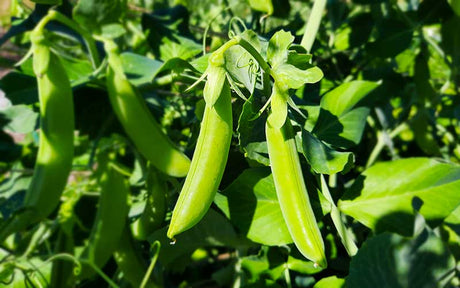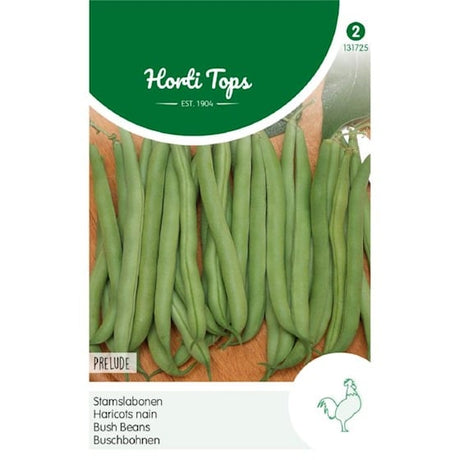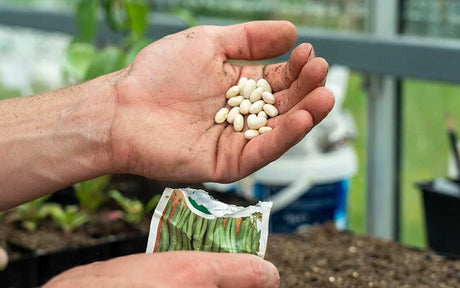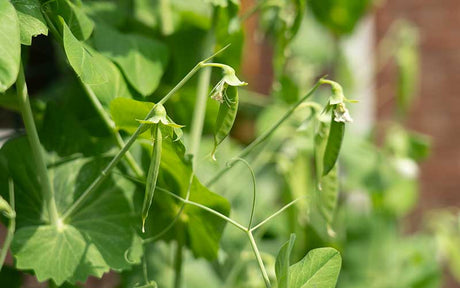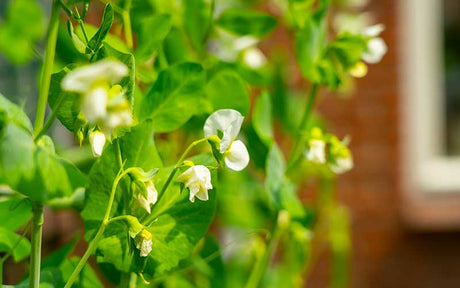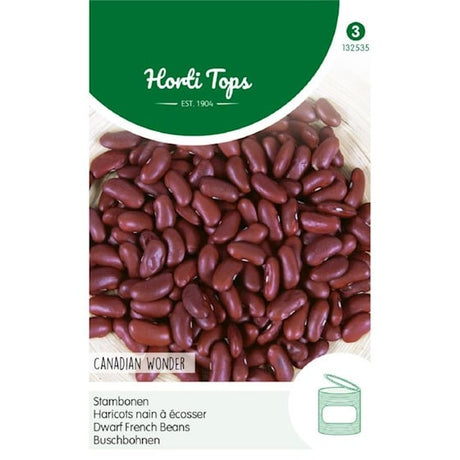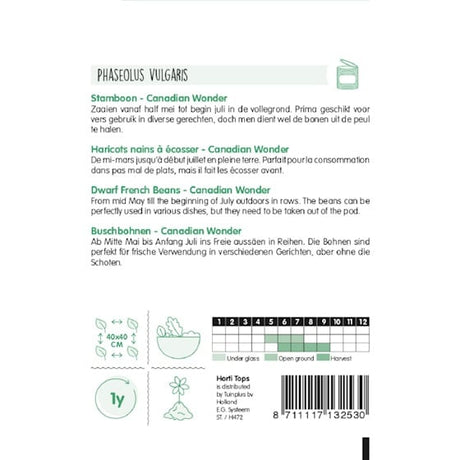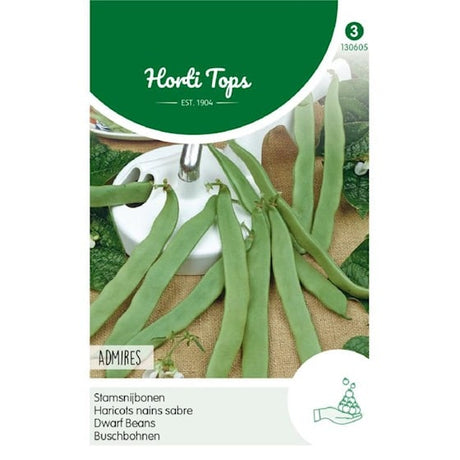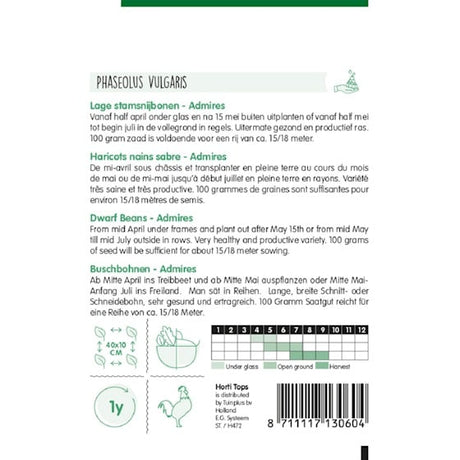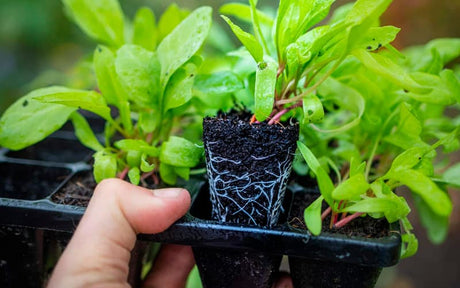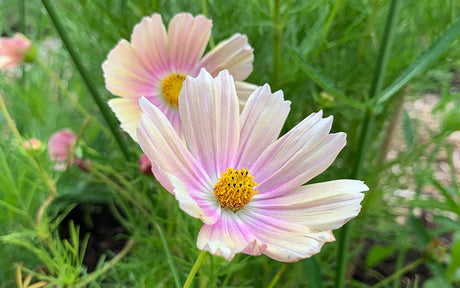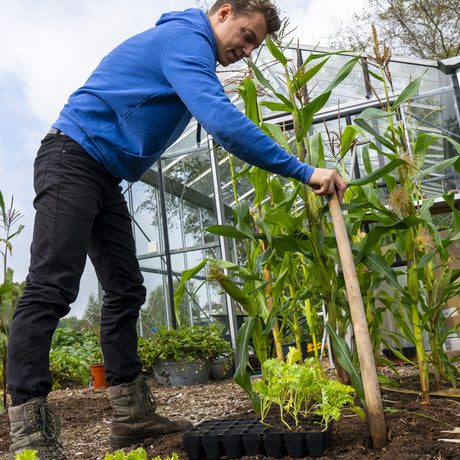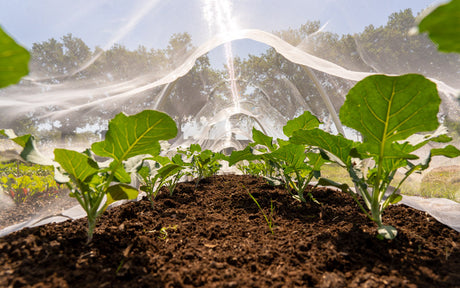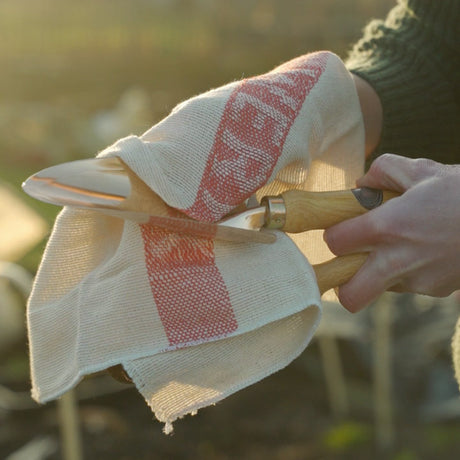Peas and beans are not only essential staples in the kitchen but also fantastic additions to any garden due to their ease of growth and beneficial properties. Whether you’re looking to add height with climbing beans, enjoy the robust flavor of broad beans, or maximize space with dwarf varieties, our extensive selection ensures you have the perfect match for your garden's needs.
- 3,95Unit price /Unavailable
- 1,95Unit price /Unavailable
- 1,95Unit price /Unavailable
- 3,25Unit price /Unavailable
Dwarf French Beans - Canadian wonder
1,95Unit price /Unavailable- 1,95Unit price /Unavailable
Grow a Bountiful Harvest of Peas & Beans in Your Garden
Varieties and Their Unique Growing Tips
Each type of pea and bean has its own specific growing tips and benefits:
Peas
Peas are cool-season crops that can be sown directly into the soil as soon as it can be worked in spring. For a continuous harvest, plant successive crops every two weeks until mid-spring. Peas are relatively low-maintenance, requiring only basic support such as trellising for climbing varieties to keep the pods clean and encourage airflow.
Climbing/Runner Beans
Climbing beans need vertical space to thrive, making them ideal for smaller gardens where you can grow upwards. Install sturdy supports like trellises or bean poles at planting time. Climbing beans not only produce a prolific yield but also add a visual element to your garden with their attractive vines.
Broad Beans
Hardy and resilient, broad beans can be planted as early as the soil can be worked in spring. They prefer cooler temperatures and can handle slight frost. Broad beans are typically bushy and don't require support. They are excellent for adding nitrogen to the soil, improving fertility for future crops.
Dwarf Beans
Dwarf beans are compact and bushy, suitable for smaller spaces or even container gardening. They do not require staking, making them easier to manage than climbing varieties. Plant dwarf beans in well-drained soil after the danger of frost has passed, and enjoy their quick growth and substantial yield.
Best Practices for Cultivation
To maximize the health and productivity of your pea and bean plants, ensure proper spacing to facilitate sunlight penetration and air circulation. This helps prevent fungal diseases, which can be a common issue in crowded conditions. Regular watering, especially during flowering and pod development, is crucial to prevent the pods from becoming tough and to ensure full, plump beans or peas.
Harvesting for Optimal Flavor
Harvest peas when the pods are swollen but before they begin to harden. For beans, timing depends on the variety—harvest runner beans when they are still tender, broad beans before the beans bulge the pods too tightly, and dwarf beans when the pods are firm and crisp. Regular harvesting encourages the plants to produce more pods.


